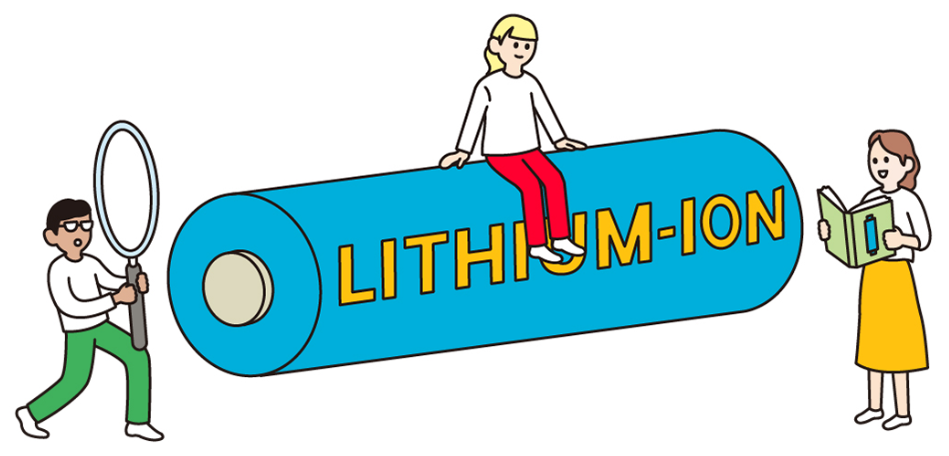
Lithium-ion batteries are classified into several categories based on the metal material used for the positive electrode. Initially, the metal material used for the positive electrode of lithium-ion batteries was cobalt. However, the production of cobalt is almost as low as that of lithium, and it is also a rare metal, so the manufacturing cost is high. Therefore, cheap materials with low environmental impact, such as manganese, nickel, and iron, began to be used. Lithium-ion batteries are classified according to the materials they use. Let’s take a look at the characteristics of each type.
Cobalt-based lithium-ion batteries
The positive electrode uses lithium cobalt oxide. Lithium cobalt oxide is relatively easy to synthesize and easy to use, so the first mass-produced lithium-ion battery was cobalt oxide lithium-ion battery. However, since cobalt is a rare metal and expensive, it is hardly used in automotive parts.
Manganese-based lithium-ion batteries
The positive electrode uses lithium manganese oxide. The advantage is that the voltage can be similar to that of cobalt-based lithium-ion batteries, and the manufacturing cost is cheap. The disadvantage is that manganese may melt into the electrolyte during charging and discharging, shortening the battery life.
Iron phosphate-based lithium-ion batteries
The positive electrode uses lithium iron phosphate. The advantage of iron phosphate lithium-ion batteries is that even if the internal heating structure is difficult to damage, it is highly safe, and it uses iron as a raw material, so the manufacturing cost is lower than that of manganese batteries. However, the voltage is lower than that of other lithium-ion batteries.
Ternary lithium-ion batteries
Ternary lithium-ion batteries are batteries made of three materials: cobalt, nickel, and manganese in order to reduce the amount of cobalt. Currently, most ternary lithium-ion batteries have a higher proportion of nickel. Although the voltage is slightly lower than that of cobalt and manganese, it can reduce the manufacturing cost. However, despite this, the synthesis and preparation of each material is difficult, and the stability is low, so there are still issues to be solved as a practical material.